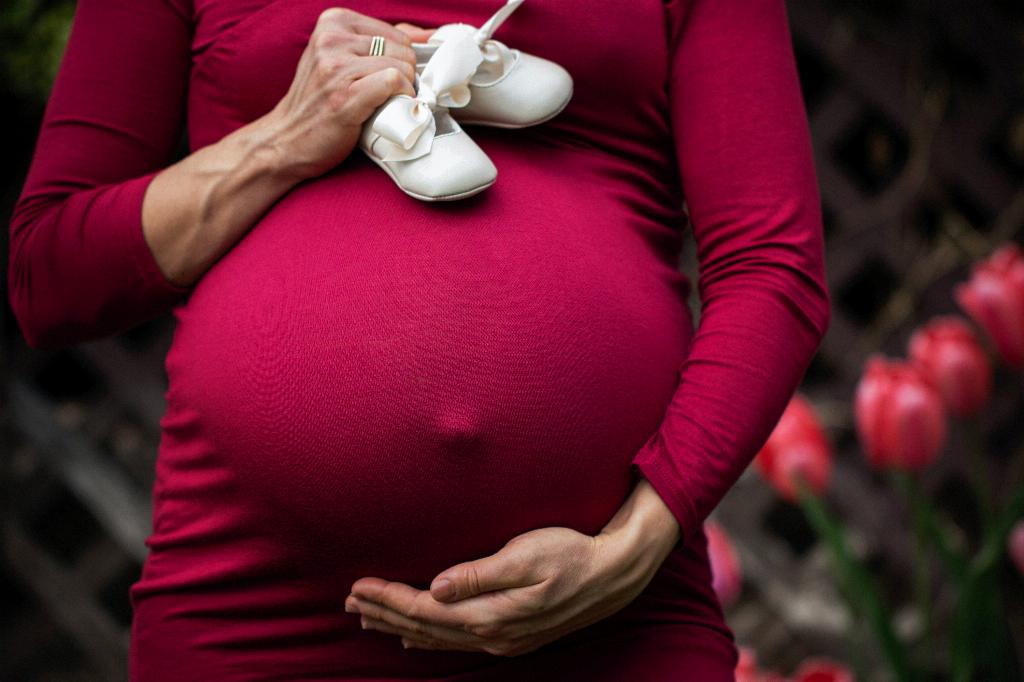When it comes to the topic of pregnancy after the age of 45, it’s essential to understand the biological challenges that come with advanced maternal age. While many women in their forties may still desire to conceive and carry a child, the reality is that the likelihood of becoming pregnant naturally decreases significantly.
Statistics show that the chance of getting pregnant after the age of 45 is quite low, typically ranging from 3 to 4%. This means that for most women in this age group, conceiving without any medical intervention or assistance is not impossible, but it is indeed rare.
One of the primary reasons for the decreased fertility in women over 45 is the decline in the number and quality of eggs. As women age, the ovarian reserve diminishes, making it harder to achieve a successful pregnancy. Additionally, the risk of chromosomal abnormalities in eggs increases with age, leading to a higher likelihood of miscarriage or genetic disorders in the offspring.
Despite the challenges posed by age-related fertility decline, advances in assisted reproductive technologies have offered hope to women seeking to conceive in their mid-40s and beyond. Techniques such as in vitro fertilization (IVF) and egg donation have revolutionized the landscape of fertility treatment, enabling many older women to fulfill their dreams of motherhood.
IVF, in particular, has been a game-changer for women over 45 who are looking to get pregnant. This procedure involves fertilizing eggs with sperm outside the body and then implanting the embryo into the uterus, bypassing some of the hurdles presented by age-related infertility.
For women considering pregnancy after 45, it’s crucial to consult with a fertility specialist to assess their individual reproductive health and explore the most suitable options available. A thorough evaluation can help determine the most effective course of action to maximize the chances of a successful pregnancy.
While the journey to pregnancy after 45 may come with its share of obstacles, many women have achieved successful outcomes through assisted reproductive technologies. By working closely with medical professionals and embracing the advancements in fertility treatment, aspiring mothers in their mid-40s can increase their chances of realizing their parenthood aspirations.
It’s important to approach the process with realistic expectations and an open mind, understanding that the road to pregnancy may require patience, perseverance, and sometimes multiple attempts. Every individual’s fertility journey is unique, and what works for one person may not necessarily be the ideal path for another.
Ultimately, the decision to pursue pregnancy after 45 involves a deeply personal and profound choice, intertwined with a range of emotional, physical, and ethical considerations. It’s essential for women in this age group to weigh the pros and cons carefully, reflecting on their desires, values, and circumstances before embarking on the path to parenthood.
In conclusion, while the statistics may suggest that pregnancy after 45 is uncommon without medical intervention, the advancements in fertility treatment offer hope and possibilities for women who are determined to expand their families later in life. By staying informed, proactive, and resilient, individuals can navigate the complexities of age-related fertility challenges and take steps towards realizing their dreams of conception and childbirth.

